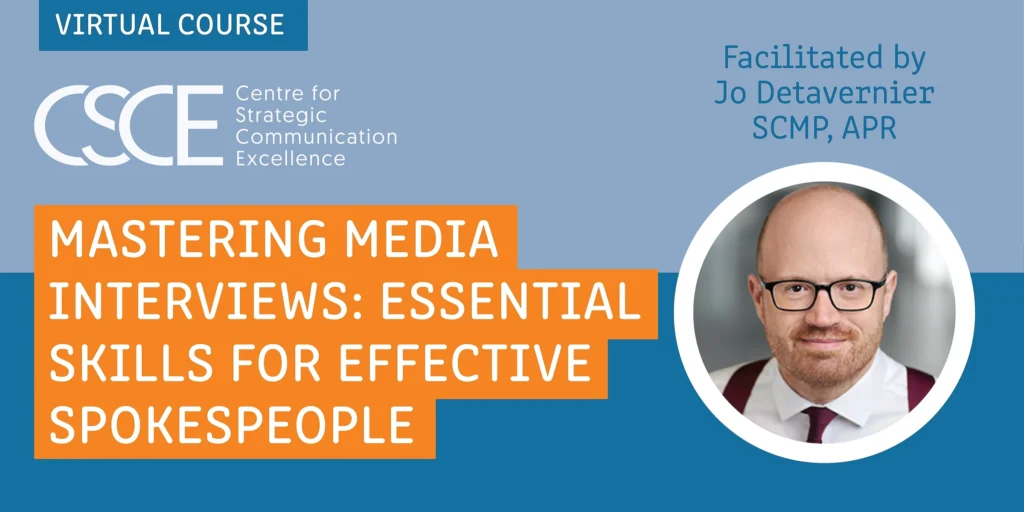“There is no stability without solidarity and no solidarity without stability.” – José Manuel Barroso, non-executive chairman of Goldman Sachs and 11th president of the European Union.
The 2023 Edelman Trust barometer shows that Business is the only trusted institution (69%). NGOs (59%) and Media (50%) have seen a significant drop in trust. Government stayed the same at 51%. It identified increased and great expectations on business with people wanting more business engagement, on addressing societal issues like climate change, economic inequality, and workforce re-skilling.
In the 2023 Edelman Trust Barometer Dave Samson, Vice Chairman, Global Corporate Practice and U.S. Chief Operating Officer at Edelman, explains that José Manuel Barroso was implying that, “without engagement and communication, there is no stability and there is no stability without engagement and communication.”
Communication is critical to staying informed and connected but it takes far more than an employee engagement survey, which is sometimes nothing more than a tick-in-the-box exercise. Internal communication professionals know this and are asking better questions about employee engagement. We’re demanding and using more meaningful data sets to evaluate it. We’re interrogating the concept and its return on our investment of time and resources.
But somehow, it’s not enough.
Is it that we’re all just so exhausted and work covers our basic Maslow’s hierarchical needs but somehow, we’re so distrustful that we need to be involved in every decision? Or do we just need to press the pause button and re-set how we do things?
Well, perhaps we do.
John Smythe, a global thought leader in internal and change communication, master facilitator and authority on leader and employee engagement, pointed out that you need to look at the leadership structure and management process coupled with leadership skills before you can think about communication channels, flows and ROI.
Smythe suggests in a two-part article for the Centre for Strategic Communication Excellence that the dominant leadership role model that has been around since the first industrial revolution of command and control is not conducive to employee engagement. We are seeing more than ever the push back on this form of leadership with the demise of the ‘loyalty for security contract’. There is now precious little security. Workers at every level are looking for more say in decisions that affect them. Let’s face it, millennials have never experienced the ‘loyalty for security’ model nor would they necessarily want it.
To be engaged, people must be invited to influence the goal – the what – rather than just its realisation – the how. Communication professionals know and understand this, but organisations still often dictate goals and only invite some involvement in delivery – the how – and assume that people will engage. People are far less likely to engage unless they have been involved in both the ‘what’ and the ‘how’. Leadership identifies engagement as time consuming and counterproductive. But this is where the importance of local leadership comes in.
Local leadership has a critical role to play and it’s nothing to do with being holders of information. They are the providers of a safe environment where employees can challenge and contribute. Through their behaviour, they can create the conditions in which people feel safe to challenge and contribute. I can feel many eyes rolling as you’re reading this. The poor local leaders – everything always seems to rest on them and there’s not enough hours in the day especially when you’re dealing with people working on the frontline. Well, here’s the idea that Smythe shares that inspired me to write this piece on engagement.
Smythe suggests that leaders, managers, and supervisors need to hit the personal pause button when their instincts are driving them to take a quick decision and align people with it.
The momentary pause should be used by leaders to ask themselves: ‘Will the outcome of this decision (strategy, program etc.) be better if I (or a select insider group) decides alone or if I first consider who else will add value to the decision if they are involved at the front end?’
Hitting the pause button isn’t always easy to do whether you’re a leader or not. But taking a moment to stop and reflect can make a significant difference to the outcome.
That’s it. That’s what inspired me.
But how can we, as communication professionals make that happen?
Well, you can’t force it to happen, but you can train and educate your leaders and managers to contemplate these three questions before acting.
- What do I want my team to know, think/feel and do as a result of this business issue I am about to share?
- Could my team contribute to and solve this issue?
- If I were in their shoes, how would I want to receive this information – would I like to be part of the solution?
As communication professionals we serve as bridges between an organisation and its stakeholders, using strategic communication to foster understanding, credibility, and trust. Our efforts contribute to providing a safe environment for employees, stronger relationships, and a resilient foundation for the organisation’s success. And in today’s polarised world, that’s never been more important.





